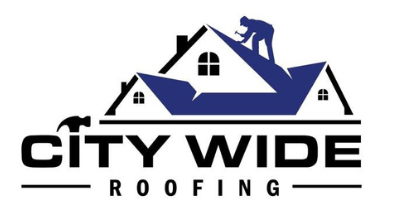When it comes to roof replacement projects, safety and building code considerations are crucial. A successful roofing project not only requires a well-planned approach but also adherence to the set codes and regulations. Ensuring compliance with these codes is important for protecting the occupants of the building, as well as ensuring longevity and durability of the new roof.
To prioritize safety during a roof replacement project, there are several factors that need consideration. These include identifying potential hazards, utilizing appropriate protective equipment, and following standard operating procedures.
Furthermore, understanding building codes and regulations is essential for any roofing contractor or property owner undertaking a roofing project. Compliance with these guidelines ensures that the installation process meets minimum safety standards while also minimizing liability risks in case of accidents or legal action.
Therefore, working with professionals who have experience in handling such projects can help ensure compliance with local building codes and regulations while maintaining high-quality workmanship on your roof replacement project.
Prioritizing Safety During a Roof Replacement
Ensuring the safety of workers and bystanders during a roof replacement project involves implementing appropriate fall protection measures. This includes installing guardrails, safety nets, and using personal protective equipment such as harnesses and hard hats.
Guardrails are installed around the perimeter of the roof to prevent falls from occurring at the edges. Safety nets are also used to catch any falling debris or workers who may accidentally slip or fall. Personal protective equipment is essential for workers to protect themselves from hazards such as flying debris, electrical shock, or other injuries that may occur on a construction site.
It is important to note that adherence to safety regulations is not only necessary for compliance purposes but also for ensuring the well-being of everyone involved in the project. Injuries resulting from falls can be severe and sometimes fatal, so it is crucial that all appropriate precautions are taken before beginning work on a roof replacement project.
Proper training should also be provided to all workers involved in the project, including how to properly use fall protection devices and personal protective equipment. By prioritizing safety throughout every step of a roof replacement project, contractors can ensure successful completion while minimizing risks and injuries along the way.
Understanding Building Codes and Regulations
Comprehending the regulations and laws that govern construction is essential for any roofing contractor. Building codes are designed to ensure safety, efficiency, and uniformity in construction projects. They serve as minimum standards for building design, materials, and installation methods. It is crucial for contractors to adhere to these codes to avoid legal consequences and ensure the safety of their clients.
The International Building Code (IBC) is a widely recognized set of regulations that establishes minimum requirements for commercial buildings. The code outlines specific standards for roof design, materials used, and installation procedures. For instance, it mandates proper ventilation systems to prevent mold growth and adequate insulation to maintain energy efficiency.
Additionally, local jurisdictions may have their own specific rules that must be followed during a roof replacement project. Contractors must obtain permits from local authorities before starting any work on a building’s roof.
Understanding these building codes and regulations is critical in ensuring a successful roofing project that meets all necessary requirements while prioritizing safety above all else.
Working with Professionals to Ensure Compliance
Collaborating with industry professionals is crucial in ensuring that the roof replacement project complies with building codes and regulations. These experts possess the knowledge and experience necessary to navigate complex codes, identify potential issues, and suggest solutions to guarantee compliance. They can also ensure that all safety standards are met during the installation process, minimizing the risk of accidents or injury on-site.
Moreover, working with professionals can help enhance the overall performance of a roofing system. They can recommend high-quality materials that will withstand harsh weather conditions and provide long-term durability.
Additionally, by collaborating with experienced contractors, property owners can receive expert advice on maintenance practices that will extend their roof’s lifespan while reducing repair costs. Ultimately, working alongside knowledgeable professionals is an investment in both safety and quality for any roof replacement project.
What Are The Signs That Indicate That It’s Time For A Roof Replacement?
The Process Of Roof Replacement: What You Can Expect Before And During The Project


